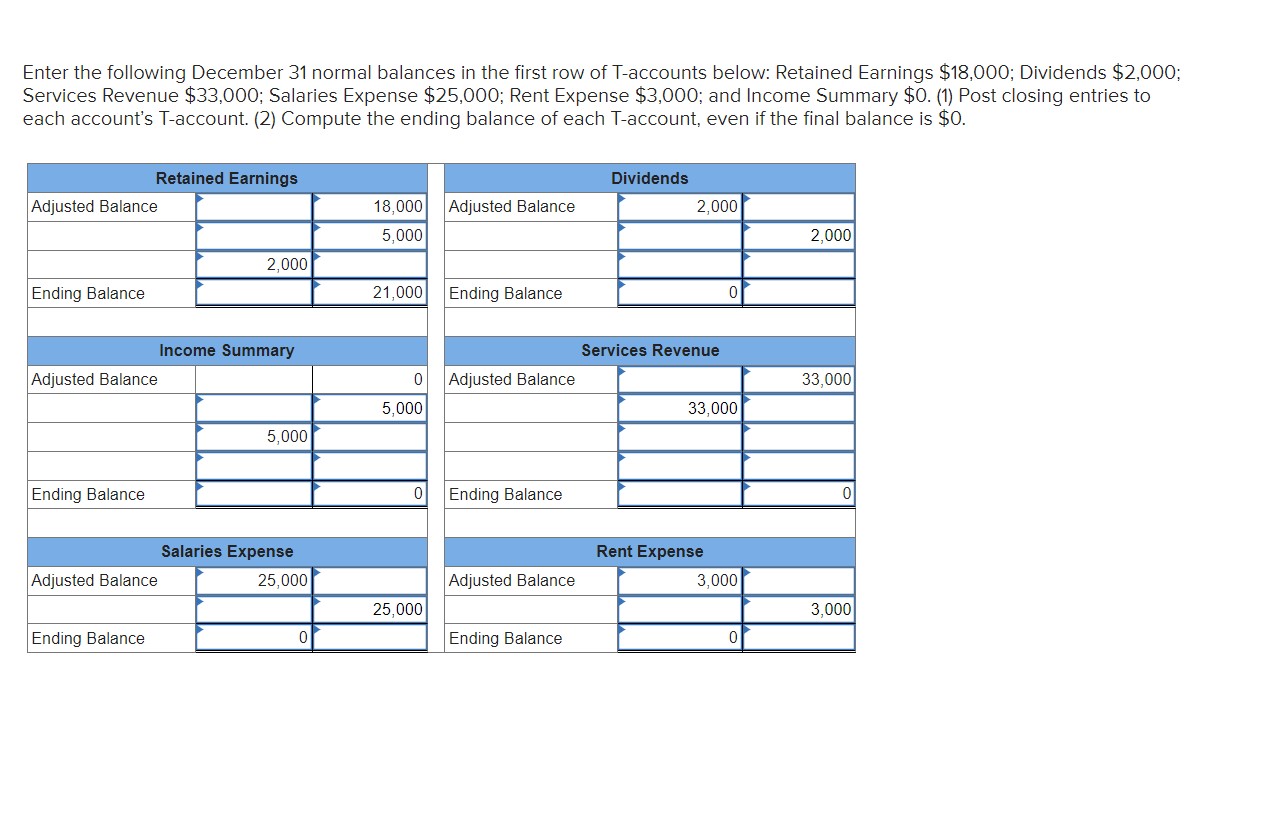

Finance
Normal Market Size Definition
Published: January 1, 2024
Learn the definition of normal market size in the world of finance. Understand how this term impacts financial analysis and decision-making.
(Many of the links in this article redirect to a specific reviewed product. Your purchase of these products through affiliate links helps to generate commission for LiveWell, at no extra cost. Learn more)
Understanding Normal Market Size: A Key Metric for Financial Traders
Welcome to the fascinating world of finance, where numbers and metrics rule! In this article, we’ll be diving into the definition of normal market size and its significance for financial traders.
Key Takeaways
- Normal Market Size (NMS) is a metric that determines the minimum quantity of shares or contracts needed for a trade to be considered normal.
- NMS is an essential measure for traders to assess the liquidity and trading ease of specific securities.
What is Normal Market Size?
Normal Market Size (NMS) is a key metric used in the financial industry to determine the minimum quantity of shares or contracts that must be traded for a transaction to be considered ordinary. It is a crucial parameter for traders, as it helps them gauge the liquidity and ease of trading particular securities in the market.
Now, let’s take a closer look at why normal market size matters and how it is determined.
The Significance of Normal Market Size
Normal Market Size plays a vital role in the financial markets for several reasons:
- Liquidity Assessment: NMS helps traders assess the liquidity of a security by indicating the minimum trading volume required. A security with a higher normal market size is generally considered more liquid, allowing traders to buy or sell shares more easily without dramatically impacting the price.
- Transaction Costs: NMS also affects transaction costs. When the normal market size is large, traders can execute larger trades without causing significant price fluctuations. On the other hand, a small NMS may result in higher transaction costs or difficulties in executing larger orders.
Determining Normal Market Size
The actual calculation and determination of Normal Market Size can vary depending on the specific market or exchange. Some common methods used to calculate NMS include:
- Volume Method: This method relies on analyzing historical trading data to determine the average daily trading volume for a particular security. The NMS is usually set as a percentage of this average daily volume.
- Price Method: In this approach, the Normal Market Size is determined as a percentage of the current market price. For instance, the NMS for a particular security could be set at 1% of the current market price.
- Regulatory Rules: In some cases, regulatory bodies or exchanges may set predetermined Normal Market Sizes for specific securities to ensure fair and orderly trading.
In conclusion, Normal Market Size is a crucial metric for traders in the financial industry. It helps assess the liquidity and ease of trading of securities, enabling traders to make more informed decisions. By understanding NMS and its significance, traders can navigate the complex world of finance with greater confidence.














